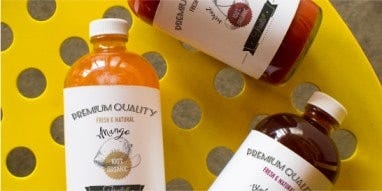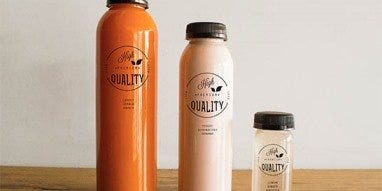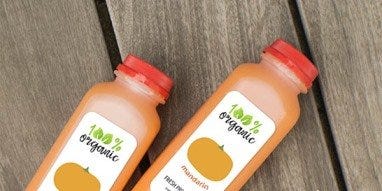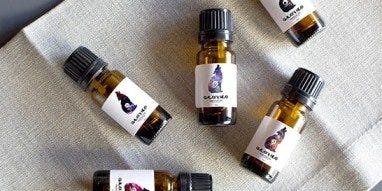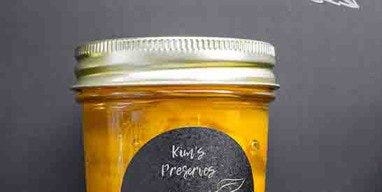Pressure Sensitive Labeling
Our pressure-sensitive labeling (PS labeling) machines can accommodate most any job. We have been PS labeling since the process was invented and have perfected it along the way. BottleStore’s state-of-the-art equipment can label front and back in a single pass or provide a "wrap around" up to 370 degrees (when an overlapping seam is required), or when exact placement or tight registration when required.
The Process at BottleStore
A PS label is a label that has adhesive pre-applied to one side. Label materials include paper, Mylar, vinyl and foil. Since labels are printed flat, high resolution, and full of color, this process allows direct container printing, not possible with other decorating methods. BottleStore’s machines apply labels in one of three methods. Regardless of which labeling method is used, many containers are pre-flamed to remove residues and improved adhesion.
The first is fully automatic in-line labeling. Here containers travel down a conveyor belt and pass through a labeling station. The second is automatic rotary labeling where containers are fed into pucks that travel around a table. By placing a container in a puck, precise placement is possible on non-round containers. The third labeling method is semi-automatic where the containers are hand-fed into a labeling device. This method is only used for very small runs or when the container cannot be run on automatic equipment.
An ideal choice for:
- Plastic Bottles & Jars
- Glass Bottles, Jars & Vials
- Metal Cans & Tins
Minimum Production Orders
Label application pricing is based on the number of labels applied to the container (a single label on the front, or multiple labels both front & back), complexity of the application (a single front label versus 370’ wrap for example), and the shape of the Container (rounds are easy, oblong shapes more difficult). Each of those factors determines the setup and the machines we need to use. The more complex the application; the more expensive the project. Due to the various sizes & shapes of all the Bottle & Jars we sell; it’s hard to specify a minimum quantity of Bottles or Jars that we can decorate, but we typically live by the rule of thumb that a minimum cost for a Label Application order is $1000 – in addition to your Bottle and Closure costs.
Remember, that all Label Application services must be ordered in full case quantities.
Note that BottleStore does not supply labels – that’s a process you’ll need to accomplish with your art providers and a label manufacturer.
Each Label Application project is unique, so it’s best to discuss the specifics with our customer service team.
Decorating How To - Let’s Walk Through The Labeling Process - One Step At A Time...
 The first step is to select your packaging component - shape and substrate material will help to lead us to a determination of the available live decorating area on the component - commonly called the Die Line for the component. Think of the Die Line as the available canvas for your brand graphics - your art design team will need this information when they finalize the art for production. For us to provide the best information, we’ll need to understand the label profile for your project i.e. front/back, 350’, or a 370’ wrap.
The first step is to select your packaging component - shape and substrate material will help to lead us to a determination of the available live decorating area on the component - commonly called the Die Line for the component. Think of the Die Line as the available canvas for your brand graphics - your art design team will need this information when they finalize the art for production. For us to provide the best information, we’ll need to understand the label profile for your project i.e. front/back, 350’, or a 370’ wrap.
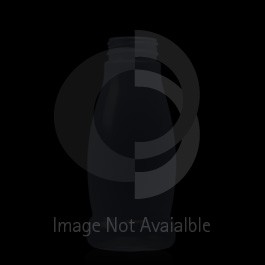
YOU GO - let us know the component & label profile for your project.
 With the component information in hand - we’ll provide the Die Line (label template) in a .pdf file format that shows the live label area of the component.
With the component information in hand - we’ll provide the Die Line (label template) in a .pdf file format that shows the live label area of the component.
- Your label manufacturer will need the Die Line to determine the available label size for your specific component.
- The final label size information from your label manufacturer will enable your art design team to design within the maximum top to bottle and front to back space limitations, and be sure the artwork is positioned correctly on the component.
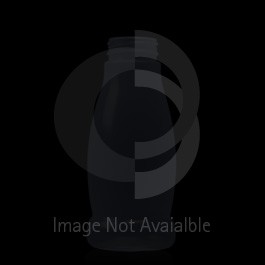
WE GO - we’ll email you the Die Line information.
 At this point, your label manufacturer should provide a proof for our decorating’s team approval. They are making the last check to ensure that your label meets the recommended size for your component and to determine label position on your component.
At this point, your label manufacturer should provide a proof for our decorating’s team approval. They are making the last check to ensure that your label meets the recommended size for your component and to determine label position on your component.

YOU GO - send us the initial label proof for review by the decorator.
 We’ll have the technicians review and approve the label proof for label die cut samples. The decorators will apply your die cut samples to your actual component and provide pre-production samples for you to review for correct sizing and position on the component.
We’ll have the technicians review and approve the label proof for label die cut samples. The decorators will apply your die cut samples to your actual component and provide pre-production samples for you to review for correct sizing and position on the component.

WE GO - send you an approval to proceed with label design.
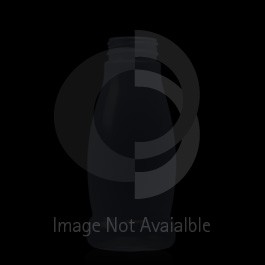 You’ll need to send signed standards for the pre-production samples. We’ll have shipped you 12 for review - six are to be retained by your team, and six are required to be returned to O.Berk, signed and dated, for Q.C. monitoring. Remember, production can’t move ahead without these approvals received.
You’ll need to send signed standards for the pre-production samples. We’ll have shipped you 12 for review - six are to be retained by your team, and six are required to be returned to O.Berk, signed and dated, for Q.C. monitoring. Remember, production can’t move ahead without these approvals received.

YOU GO - sign, date, and ship us the pre-production proofs.
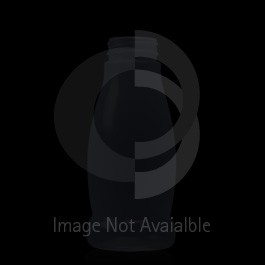 You’ll need to submit label production standards for incoming inspection. We’ll need these to ensure that the final labels that arrive from your label manufacturer are indeed the labels that you intended to have applied to your component.
You’ll need to submit label production standards for incoming inspection. We’ll need these to ensure that the final labels that arrive from your label manufacturer are indeed the labels that you intended to have applied to your component.

YOU GO - ship us label production standards from your label manufacturer.
 Once we have the pre-production proofs and label production standards received - we get to work decorating your components. Depending on the decorating site, we’ll communicate the current lead time for finished components.
Once we have the pre-production proofs and label production standards received - we get to work decorating your components. Depending on the decorating site, we’ll communicate the current lead time for finished components.

WE GO - schedule production and communicate a delivery date for your final decorated components.
 Once we’re scheduled for production and the line is running, we can provide Production Samples for your use as Standards for your internal team, external partners, or as retains for future reference.
Once we’re scheduled for production and the line is running, we can provide Production Samples for your use as Standards for your internal team, external partners, or as retains for future reference.

YOU GO - if needed, let us know if you require retains from
the production run.
Important Points to Remember:
- When selecting label material and adhesive, the earlier in the process that you get the decorator involved - the better your chance for success.
- When placing your order for your components, keep in mind that you’ll need to order more than you require for final production of decorated parts. Industry standard is a 3% scrap rate.
- Also, remember that you’ll need to account for label scrap in your order with your label manufacturer - we subscribe to industry standards of 5-8% depending on the shape of your components and the complexity of the label shape.
- Production volume dictates semi versus automated.
- Component material will determine if flame treating is necessary. (Many of our decorators find best results when components are flamed in-house versus pre-flamed during component manufacture.)
- As a rule, our decorators subscribe to industry standard decorated testing. If your internal QA standards require more rigorous standards, that should be communicated during the initial quoting process.

